Shada LED Spotlight bulbs
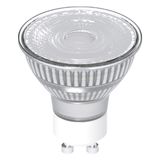
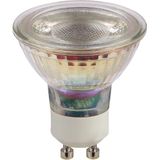

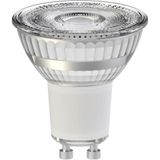
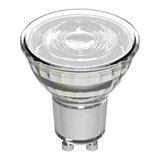
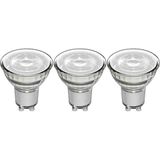
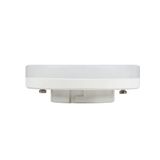



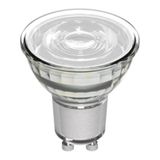
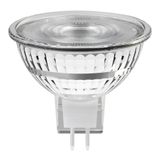
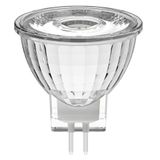
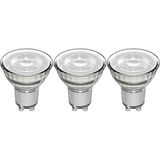
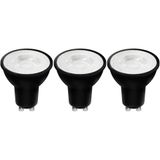
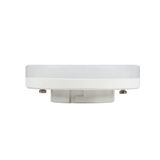
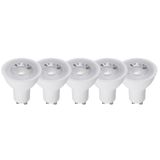
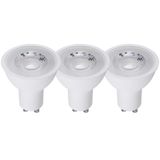
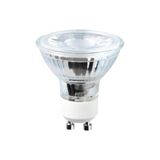


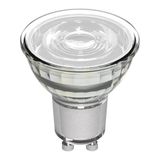
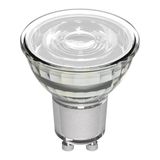
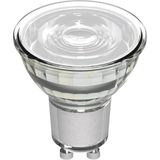
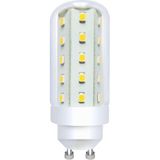
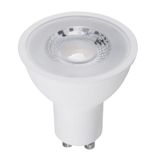
shada led spotlight bulbs for retail, galleries, and hotels
Shada delivers retrofit spot sources that keep beam shape tight, color consistent, and installation painless. Footprints include GU10 mains-voltage, 12 V MR16 for low-voltage circuits, and AR111 for longer throws and higher candela. Typical outputs: 350–700 lm for GU10/MR16 and up to ~1 200 lm on AR111 packages. Beam sets cover 10°, 15°, 24°, 36°, and 60° with center-beam candela clearly published so designers can hit target lux without guesswork.
shada led spot lamps range and beam control
Optics pair TIR lenses for crisp edges with low-glare diffusers where spill needs softening. Several SKUs offer interchangeable lenses or factory beam options so aisle highlights, wall-wash, and punch accents live inside one family. Color rendering sits at CRI 80 with CRI 90 options for food, textiles, and wood; CCTs include 2700 K, 3000 K, and 4000 K. Tight SDCM binning (≤3 step typical) keeps multi-lamp scenes uniform across phases.
shada reflector led bulbs optics and materials
Reflector bodies use thermally conductive housings and high-transmission lenses with AR coatings to hold lumen output after repeated cleaning. UGR is managed via prismatic caps or deeper lamps on mirror trims. For hot plenums or enclosed cans, enclosed-rated variants specify tc limits and derating notes so lifetime isn’t compromised.
Technical specifications and standards
Electrical: 220–240 V AC on GU10; 12 V AC/DC on MR16 with compatibility guidance for magnetic vs electronic transformers. Power factor ≥0.5 on ≤7 W types and up to ≥0.9 on premium SKUs; THD typically ≤15–20 %. Surge robustness usually 1–2 kV L-N. Operating envelope −20…+40 °C (check high-lumen AR111 for +35 °C caps). Photometrics: CRI 80/90, R9 data available on hospitality types; flicker kept low by constant-current drivers—specify PstLM/SVM limits where cameras or machine vision are present. Lifetime commonly L70/L80 25–50k h with TM-21 projections based on LM-80 LED data. Compliance: IEC/EN 62560 and EN 62612 for self-ballasted lamps; control gear to IEC/EN 61347 series; EMC to EN 55015 and EN 61000 series; materials RoHS.
shada directional led bulbs dimming and control
Trailing-edge (MOSFET) dimming delivers smooth low-end with today’s drivers; leading-edge remains serviceable on smaller loads but confirm the permitted window. For scene control, pair lamps with 1–10 V or DALI at the luminaire level via compatible fixtures on the same circuit. Set minimum level during commissioning to avoid shimmer, and do not mix lamp revisions on one channel when curve uniformity matters.
Applications and compatibility across spaces
Retail highlights require narrow beams with high CBCP to model form without washing backgrounds; restaurants lean on 2700–3000 K with CRI 90 to keep food and timber honest; galleries use 3000–4000 K with tight SDCM and documented Rf/Rg where TM-30 is requested. In offices, shada spotlight lighting supplements linear ambient near displays and reception desks. For legacy 12 V tracks, validate transformer type; electronic units with minimum load thresholds may need parallel loads or MR16 models approved for low-load operation.
shada accent lighting spots placement and aiming
Mount 15–24° at 25–35° tilt for focal points and to control glare; reserve 36–60° for broader merchandise bays and signage. Keep beam-to-object distance consistent so punch matches across a run. For sanitary ceilings, use sealed trims and gasketed cans; AR111s handle higher mounting heights in atria and long corridors.
Integration with other Shada products
Switch and dimmer plates from the brand’s range give stable phase-cut control; note the chosen controller per floor in handover docs. Use Shada installation hardware—IP-rated boxes, compression glands, and divider trunking—to separate SELV control from mains. Holders, ceiling roses, and quick connectors from the accessories line speed swap-outs and keep polarity consistent. For exterior soffits, pair suitable IP downlight housings with the same lamp family to standardize colorimetry between inside and out.
Selection criteria for B2B clients
Start from target lux and contrast, then pick beam via CBCP rather than only lumen. Lock CCT by zone (2700 K dining, 3000 K retail, 4000 K task) and specify CRI 90 where finishes or fresh goods matter. Confirm transformer and dimmer compatibility, breaker density versus inrush, and tc limits in enclosed cans. Standardize two beams and one CCT per area to simplify spares. Where energy KPIs drive payback, specify shada energy saving spotlights with high efficacy and sensor-ready controls in the surrounding system.
Procurement notes: bundle lamps by scene type and include lens codes on the PO so phases match photometry. For sustainability reports, document kWh deltas vs legacy halogen; AR111 replacements typically cut load by 80–85 % at equivalent illuminance.
Advantages of working with Bankoflamps
We align pricing to your beam plan and room lists, then show live EU stock before lifts are scheduled. Quotations return in about an hour with EAN/MPN so beam, CCT, and CRI don’t drift across phases. Your portal shows lead times, shipment progress, and downloadable price files; pricing validity aligns to approval gates. Approved clients can use post-payment up to 30 days. We consolidate partials to reduce freight and aisle downtime, and your account manager cross-checks dimmer type, transformer mix, beam codes, tc limits, surge rating, and connector choice against your drawings—so cartons land site-ready and crews stay off ladders twice.